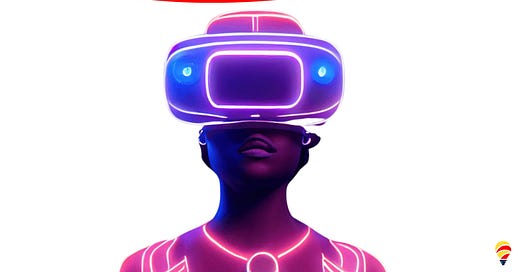🌟 Don't Miss the Opportunity to Elevate Your AI Knowledge!
It's with a mix of pride and nostalgia that I present to you the 10th and final edition of our exclusive AI newsletter series. Over the past nine editions, we've embarked on an incredible journey, exploring the dynamic world of AI and its transformative impact on product development. 🚀📈
🔔 Stay…
Keep reading with a 7-day free trial
Subscribe to The Product Channel By Sid Saladi to keep reading this post and get 7 days of free access to the full post archives.




